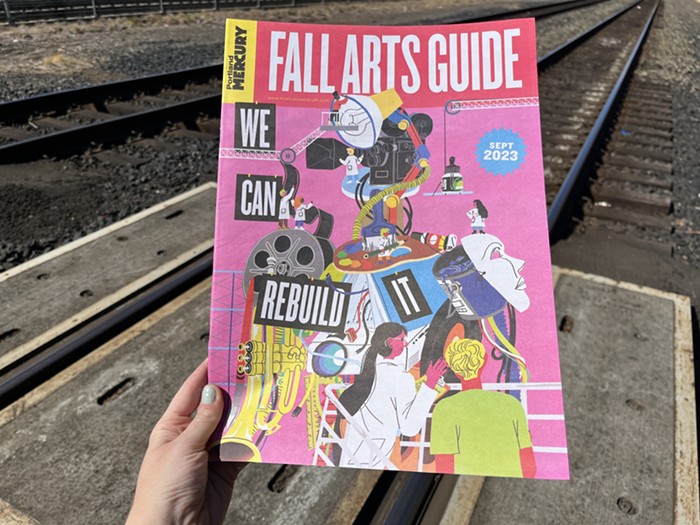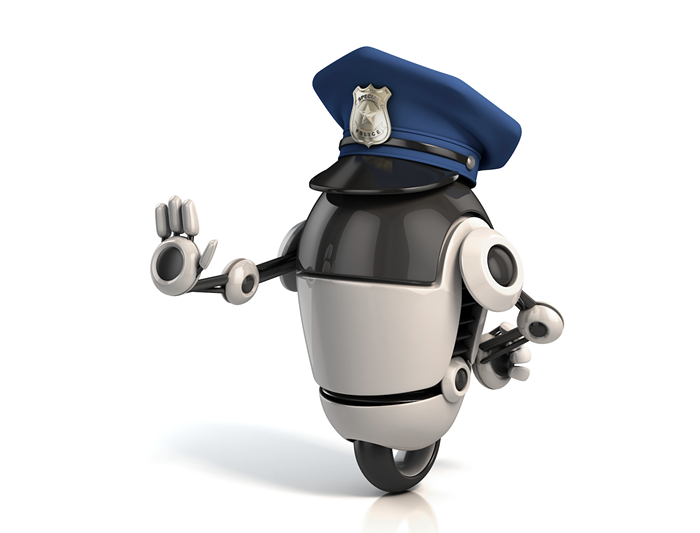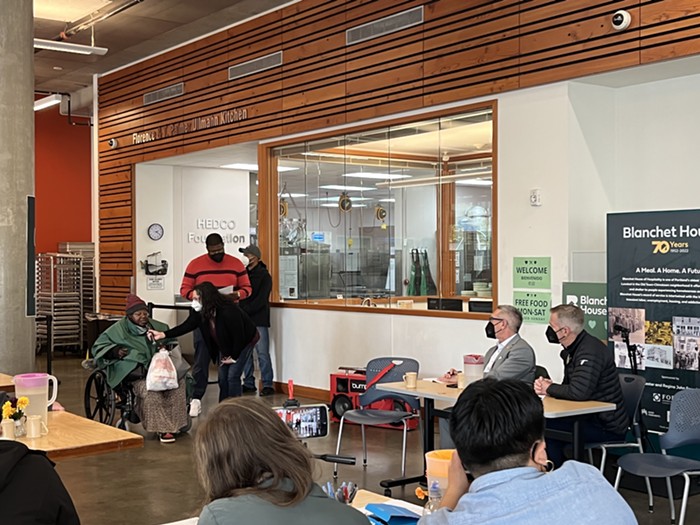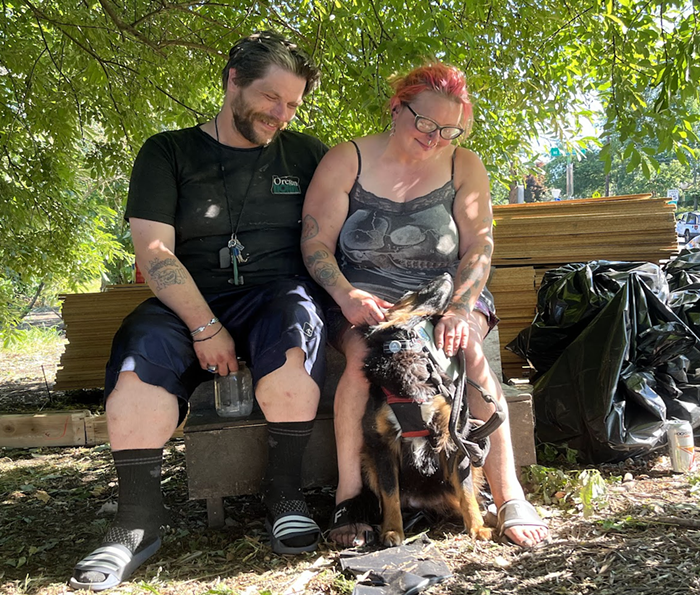KEN LOACH'S new film, Jimmy's Hall, answers a very important question: What is the left supposed to do when the struggle against our oppressors is won?
Do we keep on working as before but under improved conditions? Do we spend more time in bed or with our partners or in the pub? What should life in a fully realized social democracy look and be like? Those who think it's better to focus on the struggle now and deal with the resultant utopia when we get to it are making a huge mistake. We need to state as clearly as possible what the ultimate aim of solving economic inequality is.
Loach's answer: The goal of the struggle is to form a society that has lots of free time for people to analyze new and old poems, learn new and old songs, practice new and old dance moves, teach new and old painting styles. This is the simple essence of Jimmy's Hall, the story of a communist Irishman, Jimmy Gralton (Barry Ward), who in 1932 returns to Ireland after a 10-year absence. But as soon as he begins adjusting to the slow rhythms of rural life, the area youth and a number of older folks want him to reopen a controversial community center that he had run before his departure.
Those in power (churchmen, landowners) were violently opposed to this community center, or "the Hall," not because it offered art classes, but because it was supported and organized by leftist radicals and agitators. The authorities had the Hall shut down and forced Jimmy into exile. But now that he is back, Jimmy reluctantly agrees to reopen it, and begins by teaching the white farmers how to dance like black people in Harlem. He even once danced with a black woman, and he knows how to move his hips provocatively.
The Hall comes alive, the church leaders freak out, and the authorities once again try to close the place. The story is told with great ease and beauty. The workers become artists. The class struggle must be beautiful.
This is Loach at his best.



















